Robert Metcalfe: EtherNet's dad, a great engineer and fig predictor (but he answered for the words)
- “I predict that the Internet will collapse in 1996.”
- “The ideology of the Open Source movement is utopian nonsense, like communism. Linux is a utopia for spiritualists. ”
- “Wireless technology is doomed and we will return to the wires soon. Water is still flowing through the pipes, and for about the same reasons, computers will be wired. ”
- "Social networks are a big soap bubble, it should burst like all bubbles burst."
Metcalfe was so sure of this that he promised to eat his words if nothing like this happened. During one of his speeches in 1997, Metcalfe took a copy of a newspaper article, where his statement was printed, mixed the paper in a blender with some kind of liquid and drank the mixture. Earlier, he had already tried to eat his words with a cake, but the audience protested. So I had to drink.
So that he didn’t say there, but thanks to him we had a happy childhood, we could chop over the net in Doom and Starcraft.
On behalf of Edison, congratulations to the inventor. Happy birthday, Robert! (70 years old, however.)
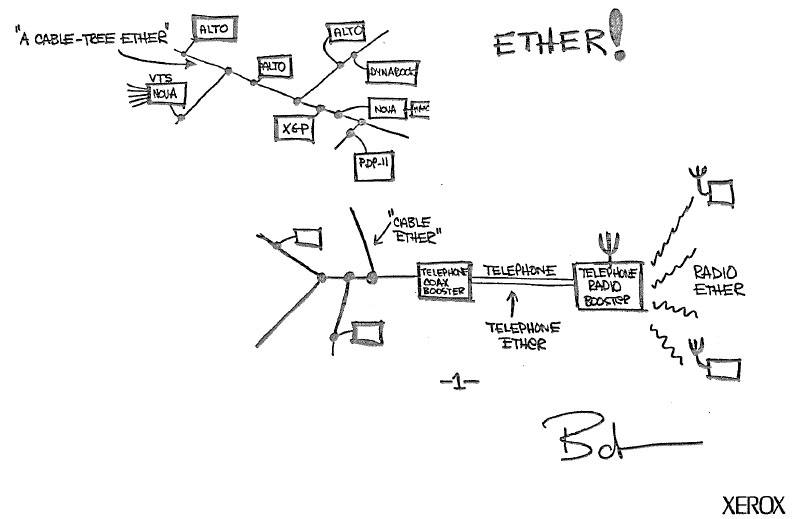
“Not Enough Analytical” - the reason why the Harvard Scientific Council did not accept Robert Metcalf's dissertation, “Packet Communication,” in which Ethernet standards were first described.
')
Decades later, becoming internationally recognized, Metcalf did not forgive his Harvad offenders-professors. Describing them, he constantly uses the expression dark little heart (dark petty hearts).
 While Stallman was reading manuals for IBM 7094 , schoolboy Robert wrote 2 games for him.
While Stallman was reading manuals for IBM 7094 , schoolboy Robert wrote 2 games for him.At the university, Metcalf studied the work of the networks Arpanet and AlohaNet (packet radio network at the University of Hawaii).
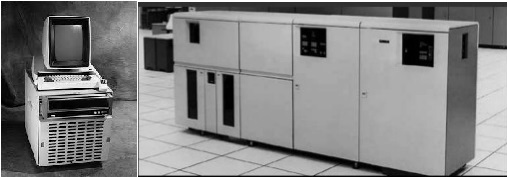
In 1972 serious boys worked on the Xerox Alto and the laser printer.
The implication was that there would be a lot of computers and one printer, but everyone wanted to print out their pictures, so they needed a student who would lay the wires. Yes, yes, the main task of the network was access to a laser printer.
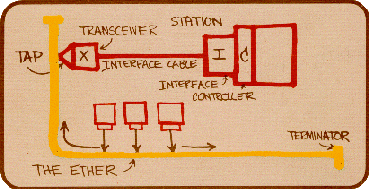
By the end of 1972, Metcalf and his colleagues had completed work on the creation of an experimental three megabit network. First, it was called Alto Aloha Network, and then renamed Ethernet (Ether = ether).

On May 22, 1973, Bob Metcalf presented the world with a 13-page description of Ethernet .
photos









Metcalfe considers this document evidence of the birth of one of the largest inventions. In the same year, the first Ethernet card appeared.
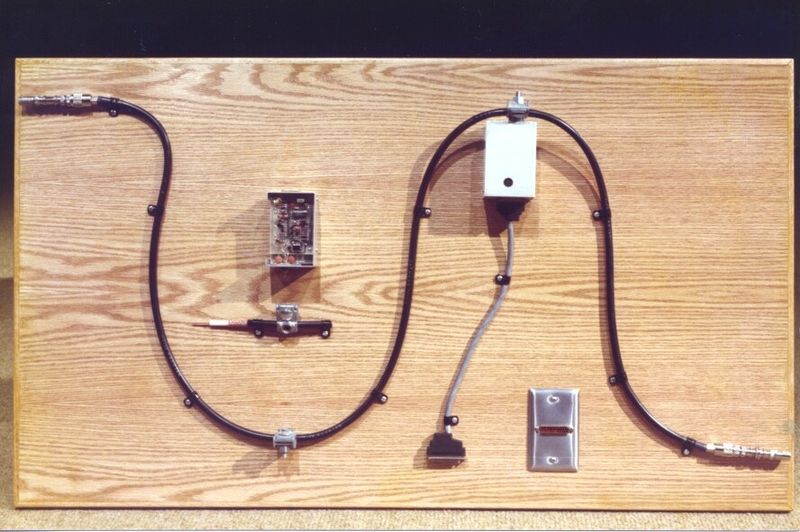
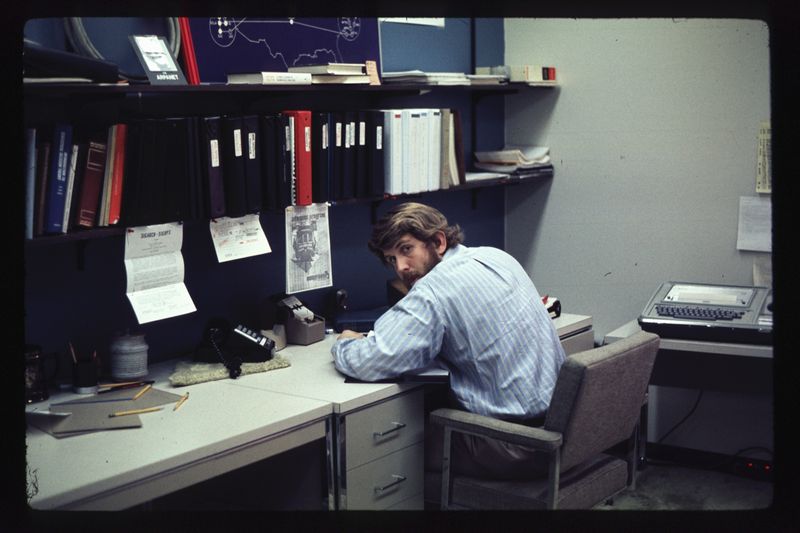
Metcalfe in 1973

David Boggs, Metcalf's colleague, co-developer of Alto Ethernet card
Then Metcalfe was invited to the DEC to stretch the grid and a clever engineer, so as not to develop everything from scratch, pushed the idea that it would be nice to work according to a single standard. Realizing how cool he is, he organized 3Com, the first customers were Trans America White House.
Mini-computers cost about 30 thousand dollars, and network cards - about a thousand.
Metcalfe's Law
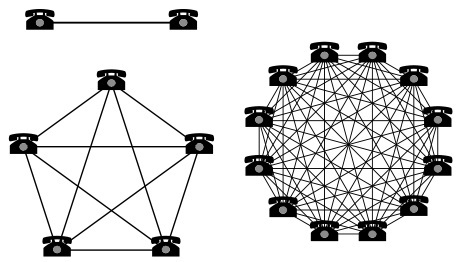 The usefulness of the network is proportional to the square of the number of users of this network.
The usefulness of the network is proportional to the square of the number of users of this network.The number of unique links in the network with the number of nodes n can be mathematically expressed by a triangular number n (n - 1) / 2, which asymptotically approaches n2 / 2.
If one connection in a network brings 1 conventional unit of benefit to a person, then with a group of 10 people this benefit is 45 conventional units, 100 people - 4950 conventional units, and so on - grows in quadratic dependence.
Of course, Robert was forgiven by his curves of prophecy, was given the Grace Hopper Award, the Marconi Award, the Bell Medal, the Medal for “Leadership in Invention”, the IEEE Medal of Honor.
What else to read:
“The deeper we look into history, the better we will see the future.”
- Winston Churchill
Together with the company Edison we continue the spring marathon of publications.
I will try to get to the primary sources of IT-technologies, to understand how they thought and what concepts were in the minds of the pioneers, what they dreamed about, how they saw the world of the future. Why did you think “computer”, “network”, “hypertext”, “intelligence amplifiers”, “collective problem solving system”, what meaning did they put into these concepts, what tools they wanted to achieve a result.
I hope that these materials will serve as an inspiration for those who are wondering how to go “from Zero to Unit” (to create something that had never happened before). I would like IT and “programming” to stop being just “coding for the sake of dough”, and recall that they were conceived as a lever to change the
0 March. Seymour papert
March 1. Xerox alto
March 2, "Call Jake." NIC and RFC history
March 3, Grace "Grandma COBOL" Hopper
March 4 Margaret Hamilton: "Guys, I'll send you to the moon"
March 5, Hedy Lamarr. And in the movie naked to play and torpedo the bullet into the enemy
March 7 Gorgeous Six: girls who had a thermonuclear explosion calculated
March 8, "Video Games, I'm your father!"
March 9th Happy Birthday to Jeff Raskin
March 14 Joseph "Lick" Liclider: "Intergalactic computer network" and "Symbiosis of man and computer"
March 15 Vanivar Bush: “How We Can Think” (As We May Think)
March 16th Happy birthday, Richard Stallman
March 21 Douglas Engelbart: "The Mother of All Demos". Part 1
Source: https://habr.com/ru/post/277827/
All Articles